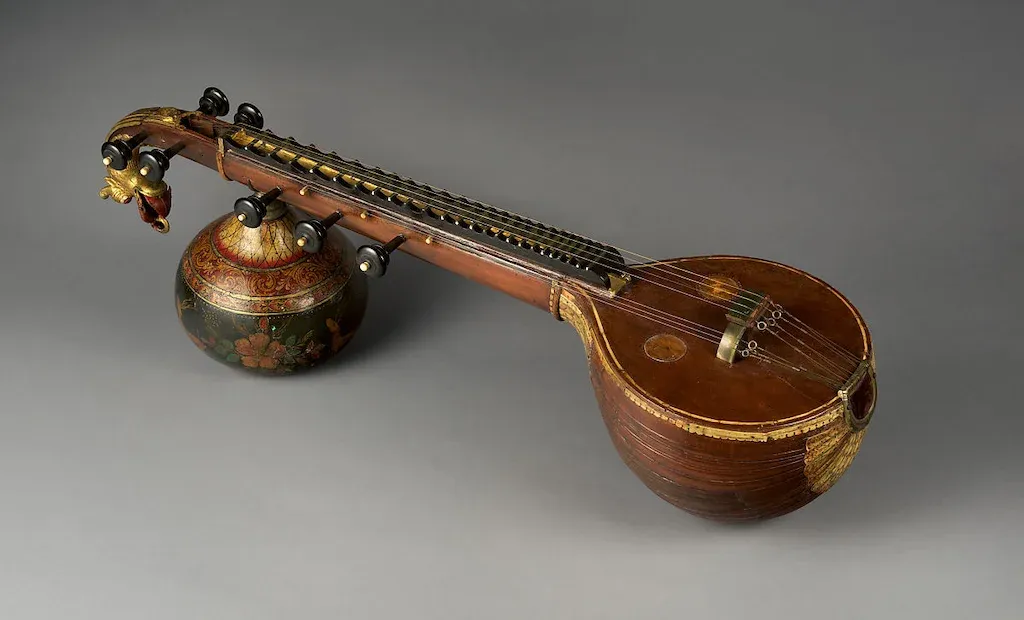Exploring the Mathematical Beauty of Tala Structures in Carnatic Music

Carnatic music, a rich and vibrant tradition rooted in Southern India, is celebrated for its melodious tunes and soul-stirring compositions. While its melodies and ragas often take center stage, the intricate rhythmic structures, known as “talas,” are the hidden gems that underpin the entire Carnatic musical experience. In this exploration, we venture into the fascinating world of Carnatic music, where mathematical concepts are meticulously woven into the fabric of its rhythmic compositions.
The Tala System
At the core of Carnatic music lies the tala system, an intricate rhythmic framework that provides the foundation for compositions and improvisations. Talas are rhythmic cycles with specific time signatures, dictating the organization of beats and subdivisions within a musical piece. These talas are characterized by the number of beats in a cycle, the distribution of strong and weak beats, and intricate patterns of subdivisions.
Mathematical Precision
While Carnatic music may appear to be an art form driven solely by intuition and emotion, it is, in fact, a harmonious fusion of art and mathematics. Let’s delve into the mathematical precision that shapes the tala structures:
1. Prime Numbers
Prime numbers hold a special place in Carnatic music, as talas with prime numbers of beats are considered particularly captivating. For example, the tala “Adi Tala” boasts eight beats, divisible only by 1, 2, 4, and 8. This prime factorization influences the tala’s rhythmic structure, imparting it with a distinct character.
2. Geometric Progressions
Many talas are constructed using geometric progressions of beats, such as “Rupaka Tala,” which consists of six beats arranged in a 1-2-3 pattern—a geometric progression. This mathematical concept creates rhythmic symmetry that resonates harmoniously with listeners.
3. Symmetry
Symmetry is a fundamental mathematical concept that plays a vital role in Carnatic talas. Talas are often designed with symmetrical patterns of strong and weak beats within each cycle, creating a balanced and aesthetically pleasing rhythmic structure.
4. Fractional Beats
Carnatic music incorporates fractional beats, where time divisions are not limited to whole numbers. This introduces a level of complexity that requires precise mathematical calculations to maintain rhythmic integrity.
The Composition Process
Composing within the framework of Carnatic talas is an intricate process that demands a deep understanding of mathematical principles. Composers carefully craft talas to align with the emotional content and mood of the composition. They manipulate prime numbers, geometric progressions, and symmetry to create unique rhythmic experiences that resonate profoundly with the audience.
Performance and Mastery
For musicians, mastering the tala system is an arduous journey that entails years of rigorous training and practice. Musicians must develop an innate sense of time and a deep understanding of the mathematical intricacies within each tala. The ability to improvise within the tala framework while maintaining its mathematical integrity is a hallmark of virtuosity in Carnatic music.
Conclusion
Carnatic music’s tala system is a testament to the exquisite marriage of art and mathematics. The intricate patterns and rhythms that enthrall audiences are the result of meticulous mathematical calculations, geometric progressions, and a profound appreciation for symmetry. As we peel back the layers of this ancient tradition, we discover that Carnatic music is not merely a form of artistic expression but a profound mathematical exploration where rhythm and mathematics converge to create something truly sublime. The next time you listen to a Carnatic composition, take a moment to appreciate the rhythmic mathematics that underlie its beauty and complexity.





